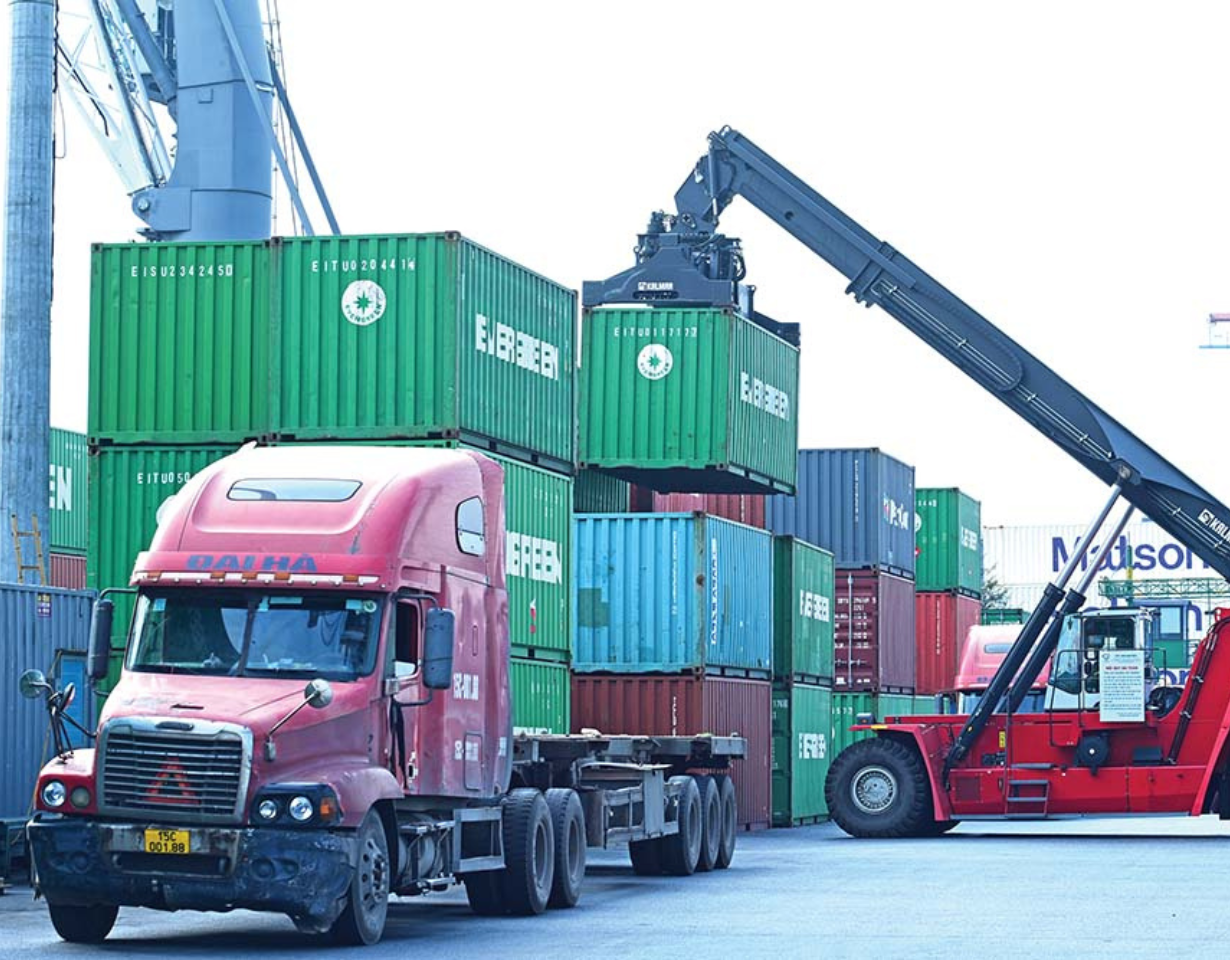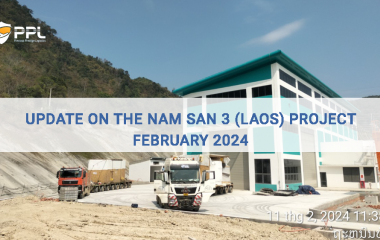Export more struggling with logistics costs
In the context of export difficulties, Vietnam's logistics costs are still high, affecting the competitiveness of goods and becoming a barrier for businesses when entering new markets because product prices pulled up.
Logistics costs pull prices up
According to data from the Vietnam Logistics Business Association (VLA), logistics costs compared to Vietnam's gross domestic product (GDP) are at 16.8%, compared to the world average of 10 years. .7%. In ASEAN, Vietnam's logistics costs are higher than those of Singapore (at 8.5%), Malaysia (13%), and Thailand (15.5%).
Mr. Nguyen Dinh Tung, Vice Chairman of the Vietnam Fruit and Vegetable Association, said that logistics costs in the agricultural industry are very high, accounting for about 20-25% of product costs. Thus, when competing in the international market, Vietnamese enterprises' products have higher prices, and their competitive advantages decrease.
With the wood industry, Mr. Dang Quoc Hung, Chairman of the Board of Directors of Lien Minh Wood Handicraft Joint Stock Company, informed us of the cost of transportation, storage, warehousing, customs procedures, and other related services in Vietnam. other paperwork… is 10-15% higher than other countries competing for this item.

“In which, logistics costs account for 20-30% of the value of each exported wooden container, which has eroded all profits of businesses. Not only being competitive on price but wood enterprises are also affected by market demand, leading to a situation of "dilemma" when orders are limited but incur many high fees, "said Mr. Hung.
The dependence on foreign fleets also makes Vietnamese enterprises face many barriers to expanding export markets. The area of operation of domestic container ships is very narrow, just wandering around in the region while foreign shipping lines "embrace" all major markets such as Europe and America.
Therefore, when they want to expand to potential markets, businesses are dependent on freight rates and schedules of foreign shipping lines, making it difficult to find the optimal choice. Not to mention, in the peak season, shipping lines and containers often simultaneously increase freight rates and surcharges without prior notice.
Businesses need support
Many businesses said that connecting logistics infrastructure for agriculture is still inadequate. In many localities in the Mekong Delta region - which is considered the largest granary of rice and agricultural and aquatic products in the country, this service is slow to develop.
“When businesses buy agricultural products at the garden, large means of transport cannot come to the place, businesses have to use canoes, boats, motorbikes, tricycles, small trucks... as an intermediary means of transport only to be able to bring agricultural products to the factory," said Mr. Tung.
When transporting through many means, not only the quality of goods and agricultural products is affected, but also the transportation cost is also high. According to Mr. Hung, the impact on this cost is a whole system, in which customs, warehouses, road carriers, shipping lines... have not been linked, leading to many types of invalid costs.
In addition to the objective reasons from the world situation, the subjective reason is that most of the logistics enterprises in Vietnam are small and medium-sized enterprises, operating in a lack of links, logistics infrastructure is not synchronized, not calculated. The high connection between types of transport, forwarding…
In the context of export difficulties, many businesses are looking forward to solutions to cool down logistics costs in order to reduce price pressure and improve the competitiveness of Vietnamese goods in the international market. Specifically, it is important to continue to strengthen the simplification and transparency of customs procedures so that businesses can cut non-essential costs and increase predictability when exporting as well as entering new markets.
"If logistics costs are not reduced, the competitiveness and position of Vietnamese goods when exporting will not be enough to attract consumers and foreign partners in the current difficult context," Ms. Tuong Vy said.
Related Posts
New Posts
- Vietnam Holiday Announcement
- PPL contributes to the success of the Greater Changhua 2b&4 Offshore Wind Farm Project
- Update on the Nam San 3 (Laos) Project February 2024
- PPL HAPPY NEW YEAR 2024
- LUNA NEW YEAR HOLIDAY 2024 ANNOUNCEMENT
- PPL CONDUCTS A CHARITY PROGRAM OF FREE MEDICAL EXAMINATIONS, CONSULTATIONS, AND MEDICATION DISTRIBUTION IN THAI BINH PROVINCE







Comments